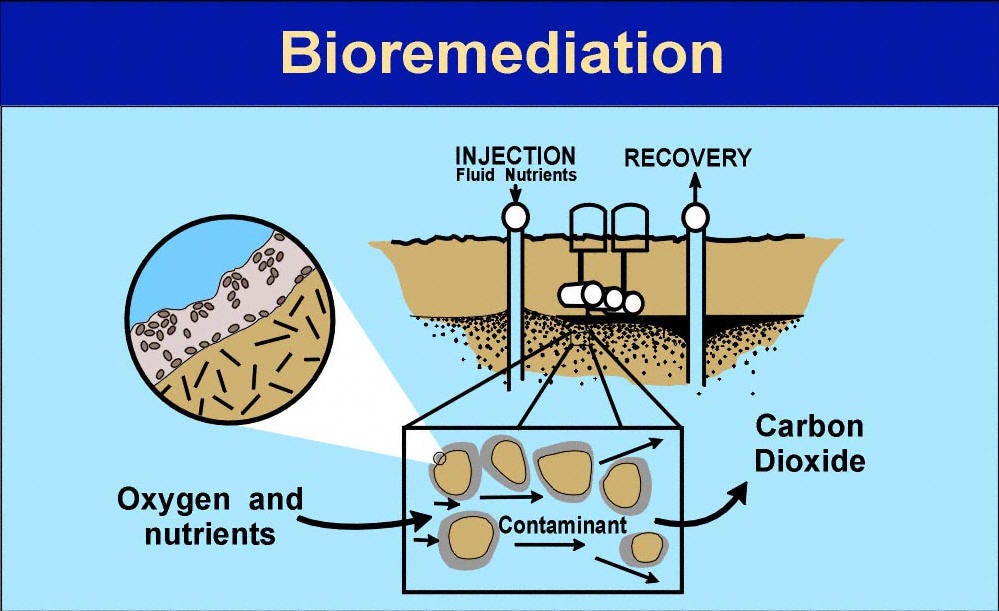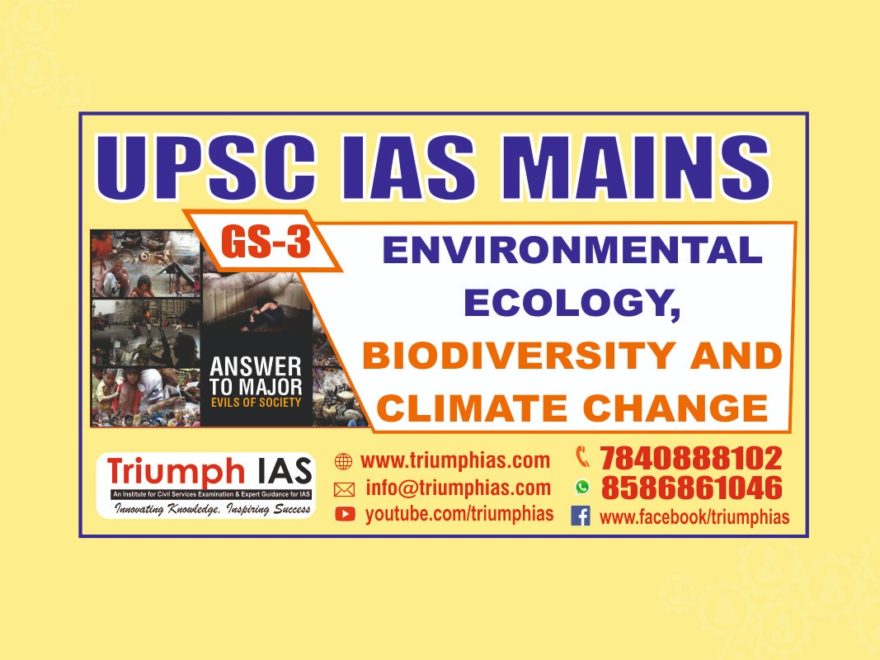Relevance: G.S paper III: Environment

Context
Bioremediation to treat legacy waste and reclaim old dumpsites may not always work; the composition of the waste also matters
More than 3,000 dumpsites in India need to be reclaimed or closed permanently. Unscientifically constructed landfills create irreversible damage to the environment: They generate leachates, emit greenhouse gases, pollutes groundwater, etc.
Detailed Analysis
A leachate is any liquid that, in the course of passing through waste, extracts soluble or suspended contaminants. It is hazardous in nature.
The environmental, ecological and socio-economic implications often make land disposal a menace to be managed.
As speculated in the Planning Commission Report (2014):
“… If the current 62 million tonnes annual generation of municipal solid waste (MSW) continues to be dumped without treatment, it will need 340,000 cubic meters of landfill space every day (1,240 hectares per year). Considering the projected waste generation of 165 million tonnes by 2031, the requirement of land for setting up landfill for 20 years (considering 10-meter-high waste pile) could be as high as 66,000 hectares of precious land, which our country cannot afford to waste.”
There is an urgent need, therefore, to reclaim the prevailing dumpsites to ensure land availability (referred to as extended landfill capacity) and recycle untapped resources deposited at old dumpsites.
Notably, two approaches can undertake to treat legacy waste — or aged waste:
- Scientific capping, which is typically applied to landfills constructed scientifically (engineered landfills / sanitary landfills).
- Landfill mining / biomining, which is a technically assisted and economically managed extraction of recyclables and other revenue-generating fractions from waste materials already been disposed of by landfilling
- Biomining of dumpsites is typically aided by a process called bioremediation. It is microbe-mediated degradation of organic waste carried out by adding biological inoculum to the dumpsite.
- The guidelines by the Central Pollution Control Board recommend ‘bioremediation’ for the treatment of legacy waste and reclamation of old dumpsites.
- It is, however, imperative to note that bioremediation is only possible for dumpsites having a higher organic content (such sites where fresh waste is disposed of along with legacy waste).
- Bioremediation of legacy waste does not necessarily give efficient results in old / aged landfills (un-operated and closed dumpsites) where the waste has already reached the maximum level of microbial degradation.
- Therefore, the very first step towards dumpsite reclamation is to analyse the technical parameters such as characteristics and composition of legacy waste for assessing the feasibility of conducting bioremediation of dumpsites.
- The composition of legacy wastes from four different dumpsites in India shows that there are predominantly four significant fractions of waste: Fine soil / sand-like material, scrap polymeric and combustible materials, stones (greater than 20 millimetres in size) and miscellaneous items.
- Nearly 44-75 per cent of the waste (by weight) comprises fine sand / soil-like material.
- It is essential to understand that the composition of aged waste or legacy waste is not the same as fresh municipal solid waste.
The composition of legacy waste majorly depends upon the landfills’ age, according to researchers at the Indian Institute of Technology, Mumbai, who conducted studies on a few dumpsites in Mumbai and Ahmedabad. The older the landfill, the higher the fraction of residual organic waste or fine-fraction (mass remaining after microbial degradation).
- The higher proportion of fine soil-like material in the dumpsite is attributed to the microbial decomposition / degradation of the organic waste inside the dumpsite. Once the unsegregated waste is disposed into a landfill, the organic fraction starts decomposing in the presence of microbes.
- This process is mediated by various biotic and abiotic factors, such as the presence and absence of oxygen, moisture and microbial population.
- The fine fraction in the legacy waste dumpsites is nothing but the decomposed and mineralised organic waste mixed with silt, sand and fine fragments of construction and demolition (C&D) waste.
- The scrap polymeric and combustible material consisting of plastics, paper, cardboard and textiles ranges between 4 and 19 per cent on weight basis.
- Other miscellaneous fraction comprising broken glass, metallic fractions such as razors, needles, sanitary waste, and diapers constitute nearly 2-6 per cent of the total waste.
- The proportion of metals was found almost negligible, which is attributed to the informal sector engaged in recycling activity.
- It is observed that legacy waste dumpsite, when subjected to a scientific mining operation, can create a sustainable business model (SBM).
- The polymeric wastes obtained from dumpsites can potentially be utilised as manufacturing refuse-derived fuel (RDF), which can be used for energy recovery.
- Electricity produced from RDF can be utilised by energy-intensive industries and for households.
- Another significant fraction obtained from the dumpsites is the fine fraction, which can be used for several construction and geotechnical applications such as soil cover in scientific landfills.
- Management of legacy waste should be combined with the integrated waste management facility having adequate capacities for collecting, transporting and disposing of the municipal solid waste produced on a day-to-day basis as well as legacy waste trapped in the dumpsites.
- The revenue-generating fractions can help articulate the circular economy in the sustainable business model for India in the coming years.
- It can, however, be challenging for all the stakeholders to embrace these tactics in real-life scenarios due to several socio-economic and regulatory factors.
- There are many uncertainties and unpredictable circumstances that may arise and affect the so-called ‘green businesses’.
- For example, the presence of heavy metals such as cadmium, chromium, nickel, mercury and zinc and organic pollutants in the fine fraction need to be assessed and monitored in the recycled products.
- The use of recycled materials and products will have to be made mandatory for government procurement.
- It is crucial to notice that there will not be enough confidence in the sustainability of legacy waste management businesses until any legislative instrument supports and promotes it.
- There is a clear and urgent need for collaboration between the academia, industries and policymakers in order to develop a sustainable business model for legacy waste management based on the principles of circular economy.

